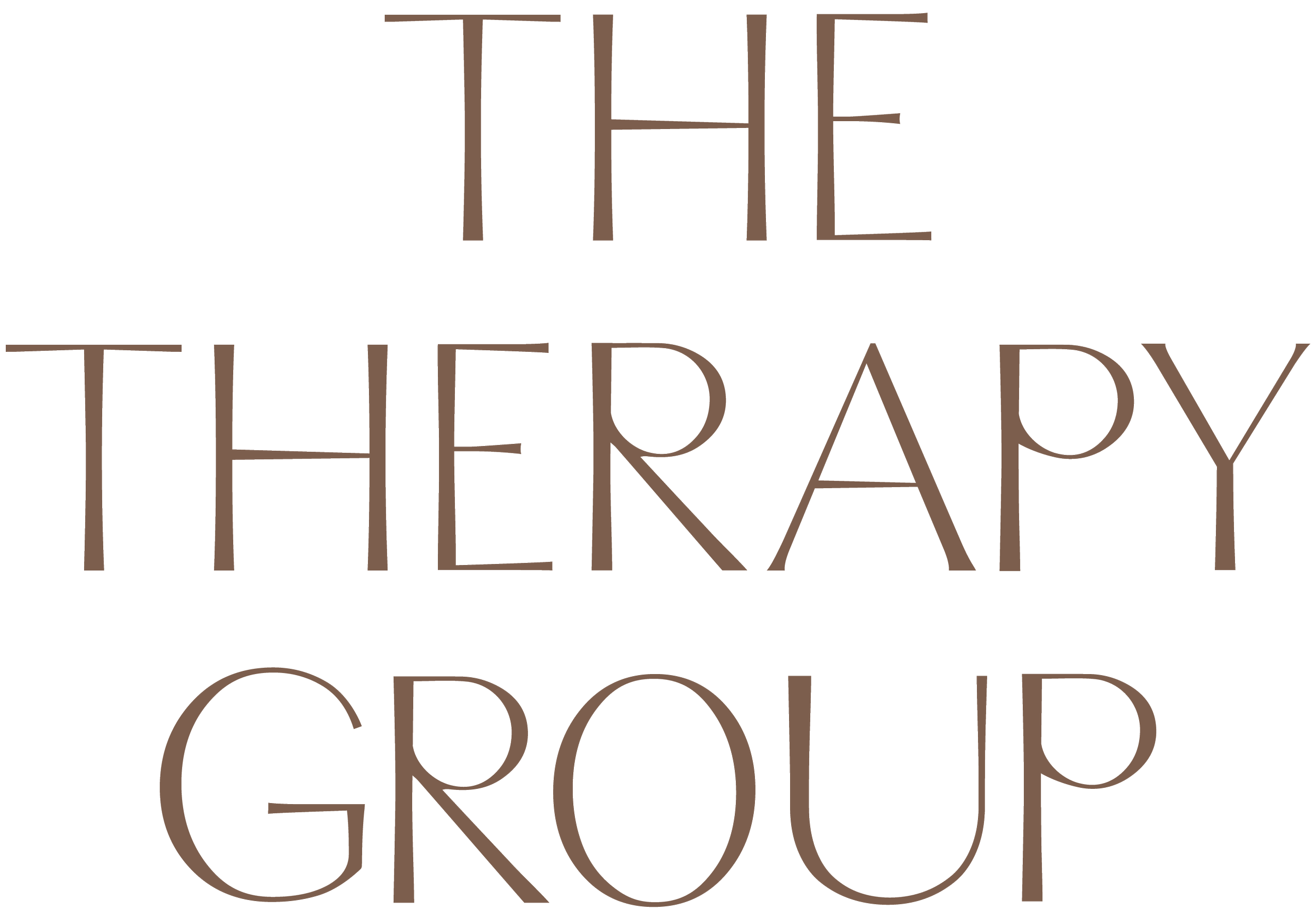Key Therapy Techniques to Regulate Your Nervous System
Many people reach out for therapy with the beginning goals of finding better coping and emotion regulation skills. These are so important because they will be crucial as you begin to develop insight and go deeper into the parts of you that need healing. The following techniques are designed to activate the parasympathetic nervous system and rewire the brain’s stress response.
The parasympathetic nervous system helps the body to rest, digest, and recover, promoting a state of calm and relaxation and counterbalancing fight, flight, or freeze responses. The nervous system triggers these responses in reaction to perceived threats. Through these mindfulness practices alongside therapy, we are able to gradually rewire the brain’s stress responses and the time it takes to return to a state of calm. This ability to change our brains is known as neuroplasticity.
Breathing Exercises
Diaphragmatic Breathing:
Find a comfortable seated or lying position.
Place one hand on your chest and the other on your abdomen.
Inhale deeply through your nose, allowing your abdomen to rise as you fill your lungs with air. Imagine a balloon inflating.
Exhale slowly through your mouth or nose, feeling your abdomen fall. Now imagine a balloon deflating.
Focus on breathing deeply into your belly rather than shallowly into your chest. Notice if your shoulders rise up, trying to keep them low and your jaw relaxed.
Repeat this process for several breaths, aiming for a slow and steady rhythm with exhalations deeper than the inhalations.
Box Breathing:
Sit or lie comfortably.
Inhale deeply through your nose for a count of 4.
Hold your breath for a count of 4.
Exhale slowly through your mouth or nose for a count of 4.
Hold for a count of 4 before inhaling again.
Repeat for several rounds until you feel calmer.
4-7-8 Breathing:
Close your eyes and relax your shoulders.
Inhale deeply through your nose for a count of 4.
Hold your breath for a count of 7.
Exhale slowly through your mouth for a count of 8, making a "whoosh" sound.
Repeat the cycle.
Self-Regulation Techniques
Grounding Exercise: 5-4-3-2-1
Name 5 things you can see around you.
Identify 4 things you can touch or feel.
Notice 3 things you can hear.
Recognize 2 things you can smell.
Acknowledge 1 thing you can taste or recall a favorite taste.
Progressive Muscle Relaxation:
Sit or lie down comfortably.
Start by tensing and then relaxing each muscle group, one at a time, from your toes to your head.
Hold each tension for 5-10 seconds before releasing with an exhale.
Focus on the contrast between tension and relaxation.
DBT "TIP" Skills
Temperature:
Splash cold water on your face, hold an ice cube in your hand, or take a cold shower to activate your body's relaxation response.
Intense Exercise:
Engage in intense physical activity for at least 3-5 minutes to release built-up tension and stress. Try jogging, dancing, jumping, or practicing yoga.
Paced Breathing:
Use slow, deep breaths to regulate your nervous system and calm your mind. Try some of the breathing exercises listed above.
Implementing these techniques takes practice and patience. The more you engage with these throughout your day-to-day life, the easier it will be to access them in moments of need. Whether you are currently in therapy or not, I invite you to try these techniques on your own, even when you are not feeling activated. Start with the ones that resonate with you and gradually incorporate others into your routine. If you are interested in exploring further, we invite you to fill out this form to connect with Chesy, or another one of our wonderful clinicians!




